How to Effectively Control Wax Moth Larvae (Hive Beetles)
Understanding the Threat
Wax moth larvae (Galleria mellonella), commonly known as hive beetles, pose a significant threat to Chinese honey bees (Apis cerana). These destructive pests feed on beeswax debris and burrow into comb cells, damaging honeycomb structures. Their activities prevent proper capping of bee larvae/pupae, leading to characteristic “white-headed pupae” deformities. Infested colonies may experience autumn decline or even complete abandonment of the hive.
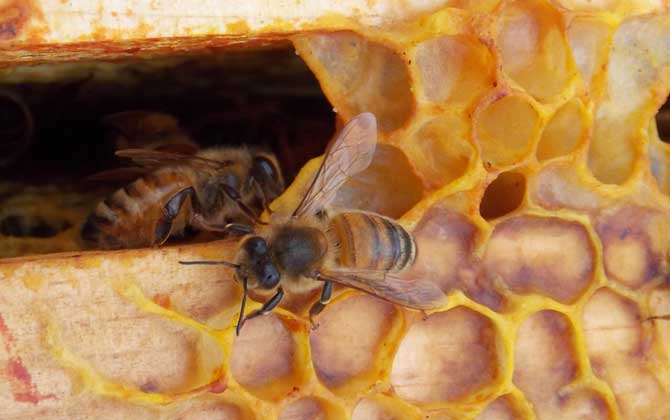
Six Proven Control Strategies
1. Maintain Strong Colonies
Vigorous colonies demonstrate natural resistance through:
- Guard bees effectively block adult moth intrusion
- Workers actively remove larvae and protect combs
- Optimal bee-to-comb ratio ensures complete comb coverage
Key practices include maintaining adequate honey/pollen stores and ensuring more bees than combs (at least 2:1 ratio). Strong colonies can sustain minimal damage even when infested.
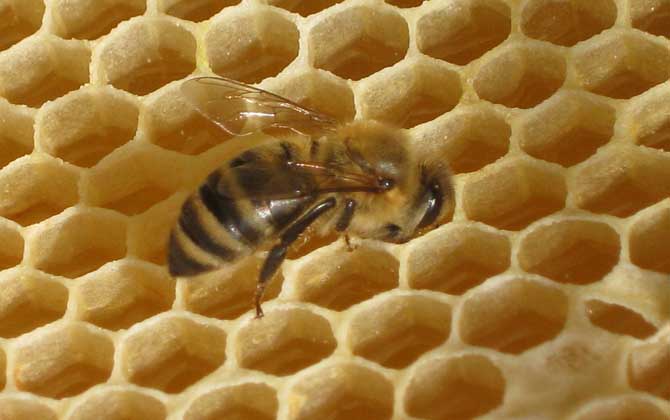
2. Regular Queen Replacement
Annual queen renewal enhances colony vitality:
- Young queens (6-12 months old) maintain high egg-laying capacity
- Prevents genetic degeneration through controlled breeding
- Introduce superior genetic stock every 2 years for apiary improvement

3. Hive Sanitation Management
Disrupt the wax moth life cycle through:
- Daily removal of wax debris from hive floors
- Weekly inspection and cleaning of hive crevices
- Sealing cracks with non-toxic putty or propolis
This eliminates egg-laying sites and food sources for larvae.
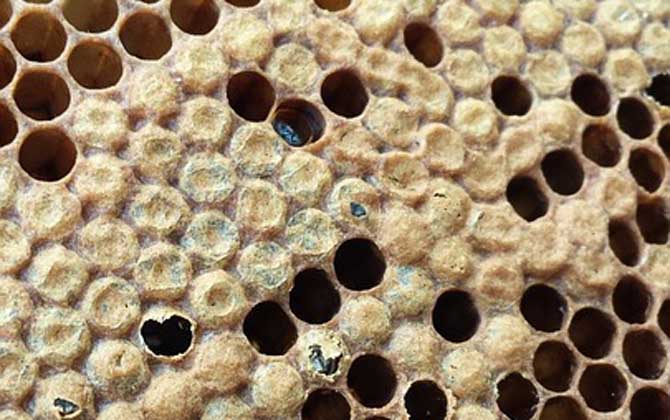
4. Comb Rotation System
Implement a 3-year comb replacement cycle:
- Asian bees naturally prefer new combs (≤1 year old)
- Old combs (>3 years) become breeding grounds for pests
- Regular replacement disrupts larval development cycles
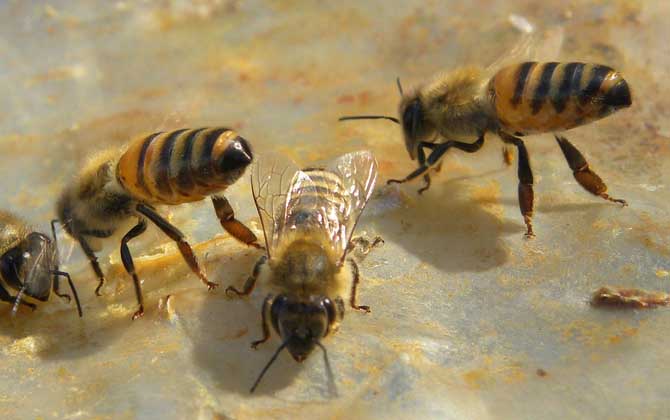
5. Equipment Sterilization Techniques
Winter management protocols:
- Flame treatment: Use alcohol torches (120-150°C) to sterilize hive surfaces
- Cryogenic treatment: Freeze combs at -7°C for 5-7 hours
- UV exposure: Sunlight disinfection for 4-6 hours
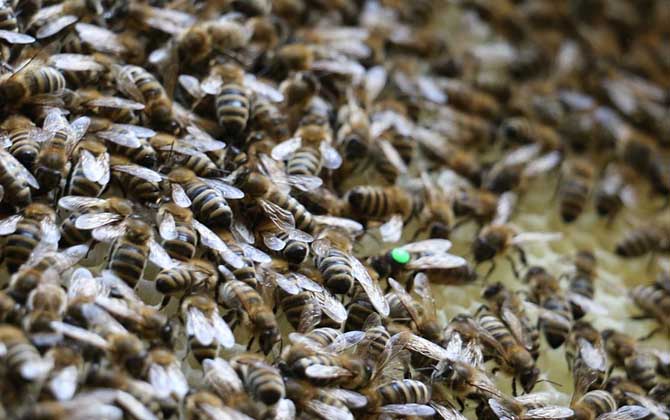
6. Chemical Control Methods
Emergency treatments for severe infestations:
| Treatment | Application | Dosage |
|---|---|---|
| Carbon disulfide | Fumigation | 10ml/super box |
| Formic acid (96%) | Vapor treatment | 5ml/10 frames |
| Sulfur dioxide | Combustion | 3-5g/super box |
Note: All chemical treatments require 24+ hours of hive sealing.
Critical Reminder
Important: Wax moths primarily target weak colonies. By maintaining strong populations (>30,000 worker bees) and implementing these integrated pest management strategies, beekeepers can reduce infestation rates by up to 90%. Regular monitoring (bi-weekly inspections during warm seasons) remains essential for early detection and control.